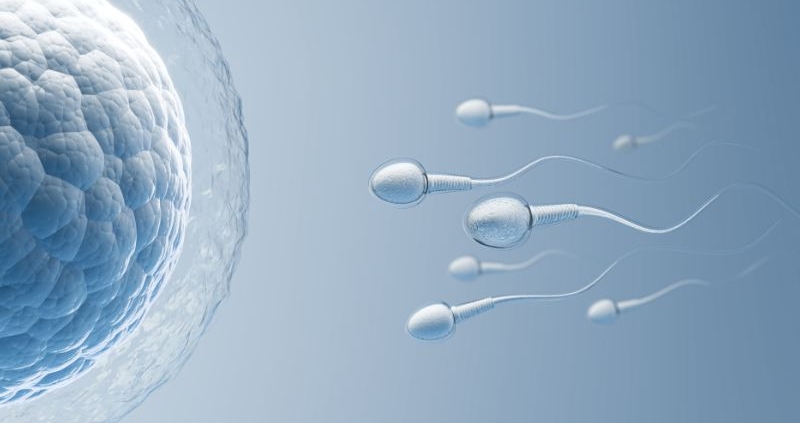The Blend of Human Expertise and AI in IVF
Have you ever wondered how technology is transforming the world of IVF? At Aria, we combine human expertise with the power of artificial intelligence (AI) to help create families.
Embryologists are the unsung heroes of the IVF process, but their human ‘AI’ does not develop overnight. Their keen eyes and skilled hands result from years of experience, which allow them to make judgments based on a multitude of knowledge points derived from their extensive training and practice.
The role of AI in IVF: enhancing decision-making
In our lab, AI is not just a tool but a trusted partner. AI is used to analyse imaging data – pictures and videos of the precious cells that we hope will become a success story one day. This data is processed to generate scores that help us assess quality.
When evaluating AI algorithms, and there are lots of them nowadays, we ask critical questions: How large and diverse was the dataset used? What type of microscopes or images were involved? Was the data static or dynamic, 2D or 3D? What is the accuracy of the predictions? Are they developed to predict pregnancy chances, live birth rates, or genetic makeup?
These questions ensure that the AI tools we integrate are reliable. Ultimately, the embryologist makes the final decision, guided by both the AI’s recommendations and their expertise.
Aria’s own studies
AI’s role in the fertility lab has been much in the media spotlight. UK researchers recently published a study in Nature Communications that explored which follicle sizes were associated with improved rates of retrieving mature eggs, resulting in babies being born.
The scientists at Imperial College London used ‘Explainable AI’ techniques – a type of AI that allows humans to understand how it works – to analyse retrospective data on more than 19,000 patients who had completed IVF treatment.
One of the challenges with AI is the ‘black box’ nature of many algorithms. This means that while AI can provide scores and recommendations, the reasoning behind these decisions is not always clear.
At Aria, as scientists, we are committed to understanding AI processes. For instance, we used an AI tool to assess single-sperm motility variables related to ICSI practices but went a step further and looked for biological reasons (in this case, sperm maturation properties) to support the ranking we were given.
We tested AI systems designed to predict the genetic makeup of embryos and their chances of implantation. How? Because we use time-lapse technology, we collect thousands of images, providing a comprehensive view of development. The AI can then analyse these images in a single second, identifying patterns and making predictions that would be impossible for a human to do in such a short time. But are these, on their own, better? The jury’s still out.
“Something key is to understand why an embryo is deemed good by AI,” says Aria’s Senior Clinical Embryologist and Laboratory Manager Dr Xavier. “This knowledge will help us refine our processes and make IVF more efficient.”
While AI offers tremendous benefits, it also raises ethical and practical considerations. We ensure that the AI tools we use are reliable, maintaining a balance between human expertise and technological support. This approach guarantees that our patients receive the best possible care.
Founding director of Aria Mr Stuart Lavery concurs. A well-respected member of the global human fertility community with over 20 years’ experience providing fertility care and support, he believes, “AI represents an amazing opportunity that could impact on improving laboratory results, optimising clinical decision making and enhancing our patient’s experience.
“There is no doubt that its potential will be best realised not by replacing doctors and scientists but by supporting their decision making.”
AI systems have run quietly in the background from the start, always ready to provide an immediate second opinion. They are our copilots, enhancing our decision-making process and ensuring that every choice we make is backed by the best possible data and insights.

